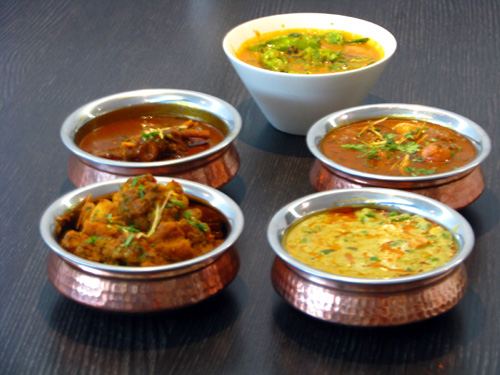We take for granted the array of spices that are available to us in the UK these days, but it hasn’t always been that way. The great age of maritime exploration meant that Europe discovered spices that were being used in India and the Middle East. While trading routes between India and Europe already existed by land, these were expensive and impractical; so colonial powers were eager to establish trading waters by sea to get a piece of the spice market. For many merchants, it was to be the foundation of their fortune.
Navigating Africa
The large and imposing continent of Africa restricted Europe’s safe passage of spices from India, which is one of the reasons Portugal was so keen the obtain a tactical position in Africa. King Henry IV’s nephew, Prince Henry the Navigator, was a patron of cartographers and explorers – partly because of his desire to spread the word of Christianity – and launched a conquest at the Muslim port of Ceuta in North Africa. The Azores and the Cape Verde islands were also colonised during this time.
Henry had formed the basis for the spice route that became integral to the curries we now enjoy. In 1498, Portuguese explorer Vasco Da Gama made it around the southern tip of Africa in his ship, becoming the first European to reach India by sea and pioneering a new and highly valuable trade route. It was also the beginning of a new type of fusion cuisine as Indian flavours began to merge with Portugal’s; in fact, Vindaloo actually originated from the Portuguesevinha d’alhos, a method of preserving meat in salt, garlic, vinegar, wine and spices. This Portuguese/Indian hybrid dish also has American influences, as explorers who had been to the Americas brought red chillies to India.
The East India Company
The East India Company was granted a royal charters and launched its first expedition in 1600, led by adventurer James Lancaster. At the time, the powerful Dutch East India Company dominated the spice trade, but Britain still had an important presence in India – Bombay came under English control in 1661 as it formed part of the marriage dowry between King Charles II and Princess Catherine de Braganza of Portugal. Some years later in 1668, Bombay (which we now call Mumbai) became a key trading post for the East India Company, with Calcutta following shortly after. Less than half a century later, 15% of all British imports came from India, a large proportion of which were spices.
This was to be the start of a burgeoning relationship between Britain and India, and during the 17th and 18th centuries one in three British men who came to India married Indian women, merging the two cultures together even more. It’s little wonder that we have such a fondness for Indian cuisine in this country!
To sample a taste of truly authentic Indian cuisine and the masterful use of spices, pay a visit to one of London’s fine-dining Indian restaurants. You’ll discover timeless dishes and some inventive ones, too.

